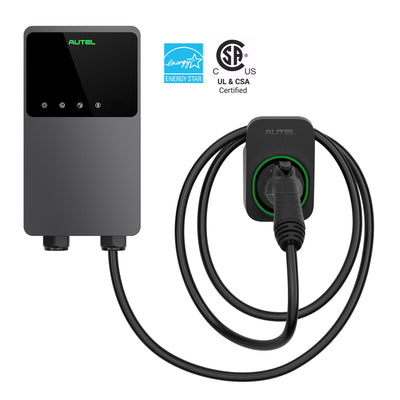Building Cost Certainty in EV Charging: A Conversation with Nathan Bowen from DC America
Introduction: Meet DC America
As electric vehicle adoption surges across the United States, the need for rapid, reliable, and scalable infrastructure has never been greater. That’s where DC America comes in. Headquartered in West Virginia, DC America is redefining the way EV charging infrastructure is deployed. Unlike traditional construction-heavy installations, their approach centers on prefabricated, skid-mounted platforms that integrate chargers, switchgear, lighting, and other key components into a single, shippable system.
With deep roots in the energy and utility industries, DC America is uniquely positioned to deliver cost-certain, flexible solutions that dramatically reduce on-site construction time. Their mission? To simplify and accelerate EV infrastructure deployment—whether it's for fleets, municipalities, or commercial properties.
I had the pleasure of speaking with Nathan Bowen, President and Co-Founder at DC America, to learn more about how the company got started in this space and how they’re helping customers meet the challenges of electrification head-on.
Dario Pagani: DC America has been around for a while, well before EV charging started to gain momentum. What inspired the move into this space?
Nathan Bowen: Initially, we were deeply involved in energy projects, building skidded systems that leveraged the benefits of prefabrication. As we watched programs like EPA’s Clean Bus initiatives and other similar efforts gain traction, we started to see real momentum in EV adoption. So we asked ourselves, “Why not apply our expertise in prefabricated electrical infrastructure to EV charging?” That’s what led to the birth of our platform-based, prewired solutions.
Dario: So, if I’m a customer coming to DC America for the first time, what does that experience look like?
Nathan: It really depends on how prepared the customer is. Some come in with a fully fleshed-out plan. Others just send us a Google Maps screenshot and say, “Here’s the site—what can we do?” Either way, we walk them through the process. We look at parking layouts, space dimensions, and their charging needs. From there, we tailor a skidded solution that includes everything—chargers, switchgear, lighting, security, and more—all prewired and ready for a single-point connection on-site.
Dario: That kind of modularity sounds like a game-changer, especially given how complex and time-consuming traditional infrastructure projects can be.
Nathan: Exactly. We’re trying to eliminate unnecessary delays by streamlining the process. Instead of coordinating with multiple trades and dealing with weather delays on-site, we ship a fully integrated, tested system that can be installed in a fraction of the time.
Dario: That’s impressive. Are you seeing demand primarily from fleets, or is this approach also being used for public charging?
Nathan: Both. Fleets love the predictability and speed of deployment. But public site hosts—especially those with multiple locations—are also seeing the value in a standardized, scalable solution. They can replicate success across sites without reinventing the wheel every time.
Dario: Thanks, Nathan. It’s clear DC America is not just building platforms, you’re building the backbone of the future EV network.
Nathan: Appreciate that, Dario. We’re excited to be part of the movement, and we’re looking forward to helping more customers scale up quickly and intelligently.





